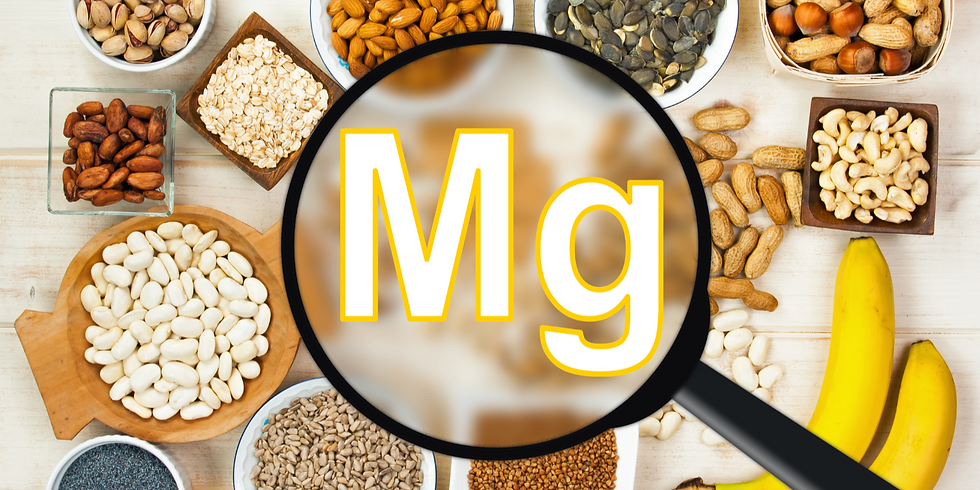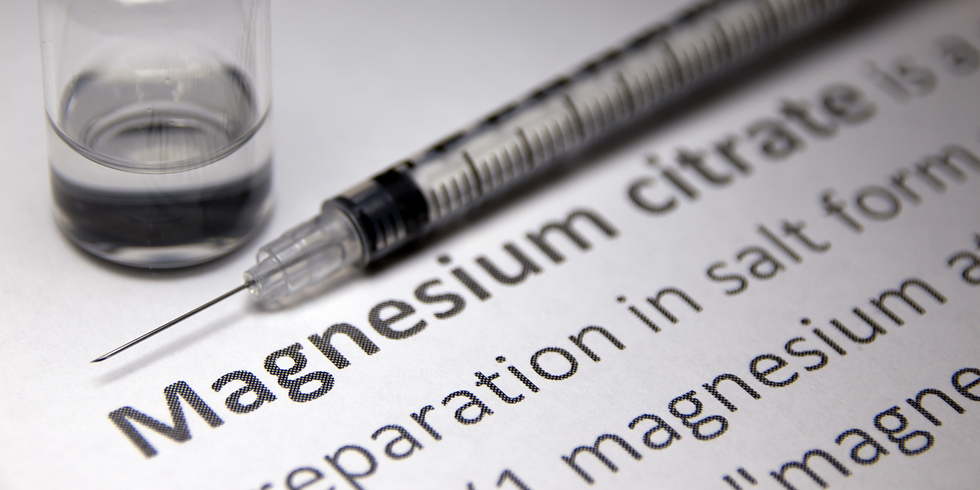Vitamin D: Why is it an Essential Nutrient?
- Ashley Oswald, RDN, IFNCP, CNSC, CLT, LD

- Aug 17, 2020
- 4 min read
Updated: Jun 11, 2023
Video Transcript:
Vitamin D, a misnomer, is an essential fat-soluble nutrient classified as a hormone. It is a key player in gut health, the immune system, and the growth and maintenance of bones. Vitamin D allows the body to absorb calcium more efficiently, and it helps to produce important hormones.
Vitamin D is a hot topic for a reason, and the best ways to get it have been long debated. The sun comes out on top as the most effective means because it aids in other bodily processes as well. Other vitamin D sources include sun lamps, supplementation, and food. Before starting any of these courses, consult with your healthcare provider.
Adequate levels of vitamin D can act as a preventative agent for developing certain diseases. Yet, many people have low levels of vitamin D which is negatively affecting their health.
Vitamin D: Essential Nutrient for Gut Health
The Importance of Adequate Levels
Having enough vitamin D is essential to your overall health. Adequate levels have been shown to impact these key areas.

It lowers the risk for developing type I and II diabetes.
It increases lung capacity in people with asthma and lessens the severity of asthma attacks.
It enhances estrogen’s protective quality on bones.
There is a higher success rate with in vitro fertilization (IVF).
It protects good bacteria in the gut.
It reduces chronic inflammatory responses.
It increases sperm motility, as well as total, free, and bioactive testosterone levels.
It lengthens telomeres which helps us to look younger.
So, how are we able to get enough vitamin D to help us achieve these amazing benefits? How to Optimize Your Exposure
THE SUN The most effective way to get vitamin D is to get outside. On average, it only takes 10 to 15 minutes in the midday sun (11am - 3pm) to get adequate exposure.
Sunscreen with an SPF greater than 15 will block the production of vitamin D in the skin. So, it is best to forgo the sunscreen in this instance.
Make sure your upper body sees the sun as there are more vitamin D receptors here. Do not worry about vitamin D toxicity from the sun because the skin is able to convert it to a non-toxic form. The vitamin D from the sun supports other processes in the body such as sulfation. This process helps to protect the gut wall, as well as it prevents the blood from becoming too thick. Keep in mind that the amount of time in the sun will depend on your skin tone, the time of year, and your location. In order to better understand the amount of vitamin D you are getting from each sun exposure, download the free app, D Minder. Your body is able to store vitamin D, so it can carry you through some of the winter months if adequate levels were reached during summer. SUN LAMPS Sun lamps have gained popularity in recent years as it is a great option for those long winter months. In most parts of the world, your body is unable to synthesize vitamin D from the sun during this time. In some places, the need for alternative sources can go from Labor Day to Memorial Day.

The Sperti Vitamin D Lamp is a great sun alternative. It is backed by the FDA and is a safe way to ensure adequate levels of Vitamin D during the winter months.
SUPPLEMENTS
If the sun or sun lamp isn’t available, then supplementation is an option for replacing low levels of vitamin D.
Choose a supplement with K2 in it as well. The K2 helps the vitamin D go to a favorable location within the body. This vitamin D with vitamin K supplement is a great option.
Everyone’s body is unique and will need different doses, so consult with your dietitian for proper dosing, and to see if a lab test is recommended first.
FOOD
Obtaining enough Vitamin D from food can be challenging, as there aren’t many foods that provide a high amount of Vitamin D.
It is naturally found in fatty fish such as salmon, mackerel, and tuna (buy Skipjack to prevent mercury toxicity), as well as in beef liver, cheese, and egg yolks.
In the 1930s, the US government started to fortify milk, cereal, and orange juice with vitamin D due to the increasing prevalence of rickets. As you can see in the chart below, it is difficult for someone to get the estimated requirement of 2,000 IUs per day. The DRI is still lower than 2,000 IUs per day, but new research suggests this amount.
It is difficult to know how much vitamin D you are getting from food each day, so the Cronometer app is a helpful tool. You plug in everything you eat in a day, and it will break it down to show how much of each nutrient you are receiving. The more successive days you input your food choices, the greater understanding you will have about your average nutrient levels.
Here is a table to show you the specific amounts of vitamin D from certain foods.

Symptoms of a Deficiency A deficiency is defined as having a level below 20 nanograms/liter and can show up as:
Anxiety
Depression
Maternal deficiency has been linked to autism in the child
Muscle or bone pain
Poor metabolism of carbohydrates
Testing You can ask your main healthcare provider for a Vitamin D test. Make sure your insurance covers it, as it can be quite expensive depending upon how it is ordered. If insurance doesn’t cover it, it is more affordable to go through a direct to consumer lab company. If you are a client of Oswald Digestive Clinic, ask your dietitian nutritionist about ordering a Vitamin D level from a direct to consumer lab (such as this one), or ordering a comprehensive micronutrient lab from SpectraCell Laboratories. A level over 50 nanograms per milliliter (ng/mL) decreases the risk for developing chronic and neurogenic brain diseases. For thyroid and immune health, it is recommended to be between 60 and 80 ng/mL. And any number under 20 ng/mL is an indication of a deficiency. Testing is a great way to know how much vitamin D you need, and whether a supplement is necessary. Perimenopausal women, pregnant women, people with osteopenia and osteoporosis, and people with darker skin, are encouraged to get their vitamin D levels tested regularly. Even if you don’t have these risk factors, it is a good idea to get tested. It is recommended to test your levels 1 to 2 times per year. Here is a Youtube video that covers this information, too.




Comments